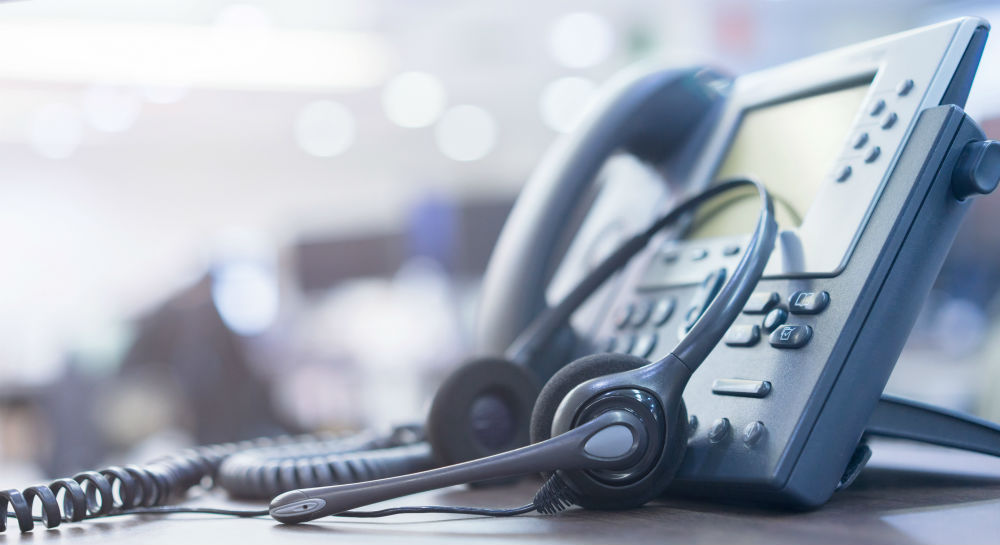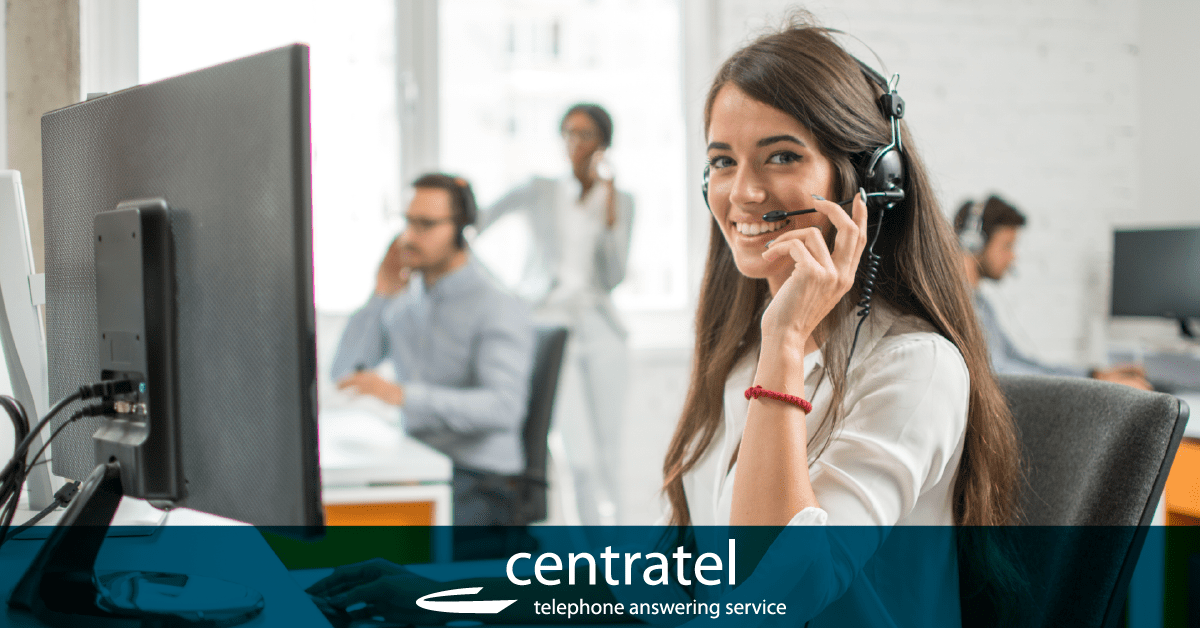All Categories
Featured
Table of Contents
- – What Are The Top 10 How Much Does An Answering ...
- – What Is The Best What Are Call Answering Servi...
- – What Is The Best Telephone Answering Services?
- – What Are The Top 10 Telephone Answering Servi...
- – When Are Best 10 Signs Your Business Needs A ...
- – What Is The Best 4 Different Types Of Busine...
What Are The Top 10 How Much Does An Answering Service Cost In 2023??
This device and its followers were developed by Sava Jacobson, an electrical engineer with a personal consulting service. While early answering makers utilized magnetic tape innovation, a lot of modern-day equipment utilizes solid state memory storage; some devices utilize a combination of both, with a solid-state circuit for the outbound message and a cassette for the inbound messages.
"toll conserving" below) (phone answering). This works if the owner is evaluating calls and does not wish to consult with all callers. In any case after going, the calling celebration needs to be informed about the call having actually been responded to (most of the times this begins the charging), either by some remark of the operator, or by some welcoming message of the TAD, or resolved to non-human callers (e.
This holds particularly for the TADs with digitally kept welcoming messages or for earlier machines (before the rise of microcassettes) with a special endless loop tape, separate from a 2nd cassette, committed to recording. There have been answer-only devices with no recording abilities, where the greeting message needed to notify callers of a state of present unattainability, or e (phone answering).
What Is The Best What Are Call Answering Services? - Explained To Have

about availability hours. In tape-recording TADs the greeting usually consists of an invite to leave a message "after the beep". An answering machine that utilizes a microcassette to tape-record messages On a dual-cassette answerphone, there is an outgoing cassette, which after the specified variety of rings plays a pre-recorded message to the caller.

Single-cassette answering makers include the outgoing message at the beginning of the tape and inbound messages on the remaining space. They first play the statement, then fast-forward to the next readily available area for recording, then record the caller's message. If there are numerous previous messages, fast-forwarding through them can cause a significant delay.
This beep is often referred to in the welcoming message, asking for that the caller leave a message "after the beep". Little bits with digital storage for the tape-recorded messages do disappoint this delay, naturally. A little may offer a push-button control facility, where the answerphone owner can sound the home number and, by going into a code on the remote telephone's keypad, can listen to taped messages, or erase them, even when away from home.
What Is The Best Telephone Answering Services?

Consequently the device increases the number of rings after which it responds to the call (usually by two, resulting in 4 rings), if no unread messages are presently stored, but responses after the set variety of rings (normally 2) if there are unread messages. This allows the owner to learn whether there are messages waiting; if there are none, the owner can hang up the phone on the, e.
Some makers likewise enable themselves to be remotely triggered, if they have been switched off, by calling and letting the phone ring a certain a great deal of times (generally 10-15). Some provider desert calls currently after a smaller variety of rings, making remote activation difficult. In the early days of Little bits an unique transmitter for DTMF tones (dual-tone multi-frequency signalling) was regionally required for remote control, considering that the previously employed pulse dialling is not apt to convey appropriate signalling along an active connection, and the dual-tone multi-frequency signalling was implemented stepwise.
Any inbound call is not recognizable with regard to these residential or commercial properties in advance of going "off hook" by the terminal devices. So after going off hook the calls need to be switched to suitable devices and just the voice-type is immediately available to a human, but perhaps, nonetheless ought to be routed to a TAD (e.
What Are The Top 10 Telephone Answering Service - Answer My Phone?
What if I told you that you do not need to actually select up your device when responding to a customer call? Somebody else will. So practical, ideal? Responding to telephone call doesn't need somebody to be on the other end of the line. Effective automated phone systems can do the technique simply as effectively as a live representative and often even better.
An automatic answering service or interactive voice reaction system is a phone system that interacts with callers without a live person on the line - professional phone answering service. When business utilize this technology, customers can get the answer to a question about your service just by utilizing interactions set up on a pre-programmed call flow.
Although live operators update the customer support experience, lots of calls do not require human interaction. A basic documented message or guidelines on how a consumer can recover a piece of details normally solves a caller's instant requirement - phone call answering. Automated answering services are an easy and effective way to direct inbound calls to the ideal individual.
When Are Best 10 Signs Your Business Needs A Telephone Answering Service Sales
Notice that when you call a company, either for assistance or item query, the first thing you will hear is a pre-recorded voice welcoming and a series of choices like press 1 for customer support, press 2 for inquiries, and so on. The pre-recorded choices branch out to other choices depending upon the customer's selection.
The phone tree system assists direct callers to the best person or department using the keypad on a cellphone. In some instances, callers can use their voices. It's worth noting that auto-attendant options aren't limited to the 10 numbers on a phone's keypad. Once the caller has actually chosen their very first alternative, you can design a multi-level auto-attendant that uses sub-menus to direct the caller to the best sort of help.
The caller does not have to interact with a person if the auto-attendant phone system can handle their concern. The automatic service can path callers to a staff member if they reach a "dead end" and need help from a live agent. It is expensive to employ an operator or executive assistant.
What Is The Best 4 Different Types Of Business Phone Answering Services Today
Automated answering services, on the other hand, are significantly more economical and provide considerable cost savings at an average of $200-$420/month. Even if you don't have actually committed personnel to handle call routing and management, an automated answering service improves efficiency by enabling your group to concentrate on their strengths so they can more efficiently invest their time on the phone.
A sales lead routed to customer care is a lost shot. If a consumer who has item questions reaches the incorrect department or gets incomplete answers from well-meaning employees who are less trained to deal with a specific kind of question, it can be a cause of aggravation and dissatisfaction. An automatic answering system can reduce the number of misrouted calls, consequently helping your employees make better usage of their phone time while freeing up time in their calendar for other jobs.
With Automated Answering Systems, you can produce a personalized experience for both your personnel and your callers. Make a recording of your primary greeting, and simply update it routinely to show what is going on in your organization. You can produce as lots of departments or menu options as you desire.
Table of Contents
- – What Are The Top 10 How Much Does An Answering ...
- – What Is The Best What Are Call Answering Servi...
- – What Is The Best Telephone Answering Services?
- – What Are The Top 10 Telephone Answering Servi...
- – When Are Best 10 Signs Your Business Needs A ...
- – What Is The Best 4 Different Types Of Busine...
Latest Posts
Detailed Call Answering Service – Fyshwick
Call Answering Service
Reliable Remote Reception Service
More
Latest Posts
Detailed Call Answering Service – Fyshwick
Call Answering Service
Reliable Remote Reception Service